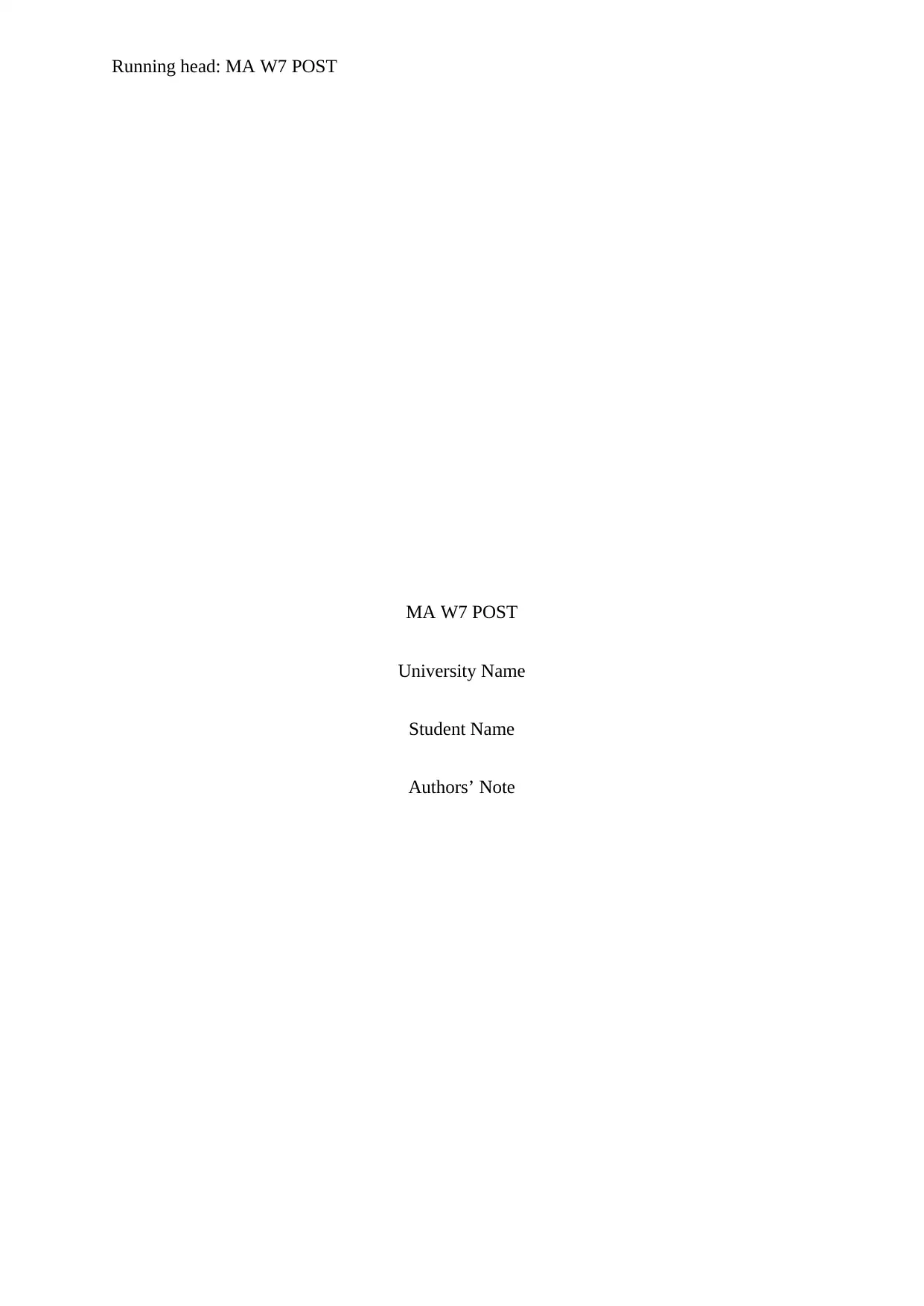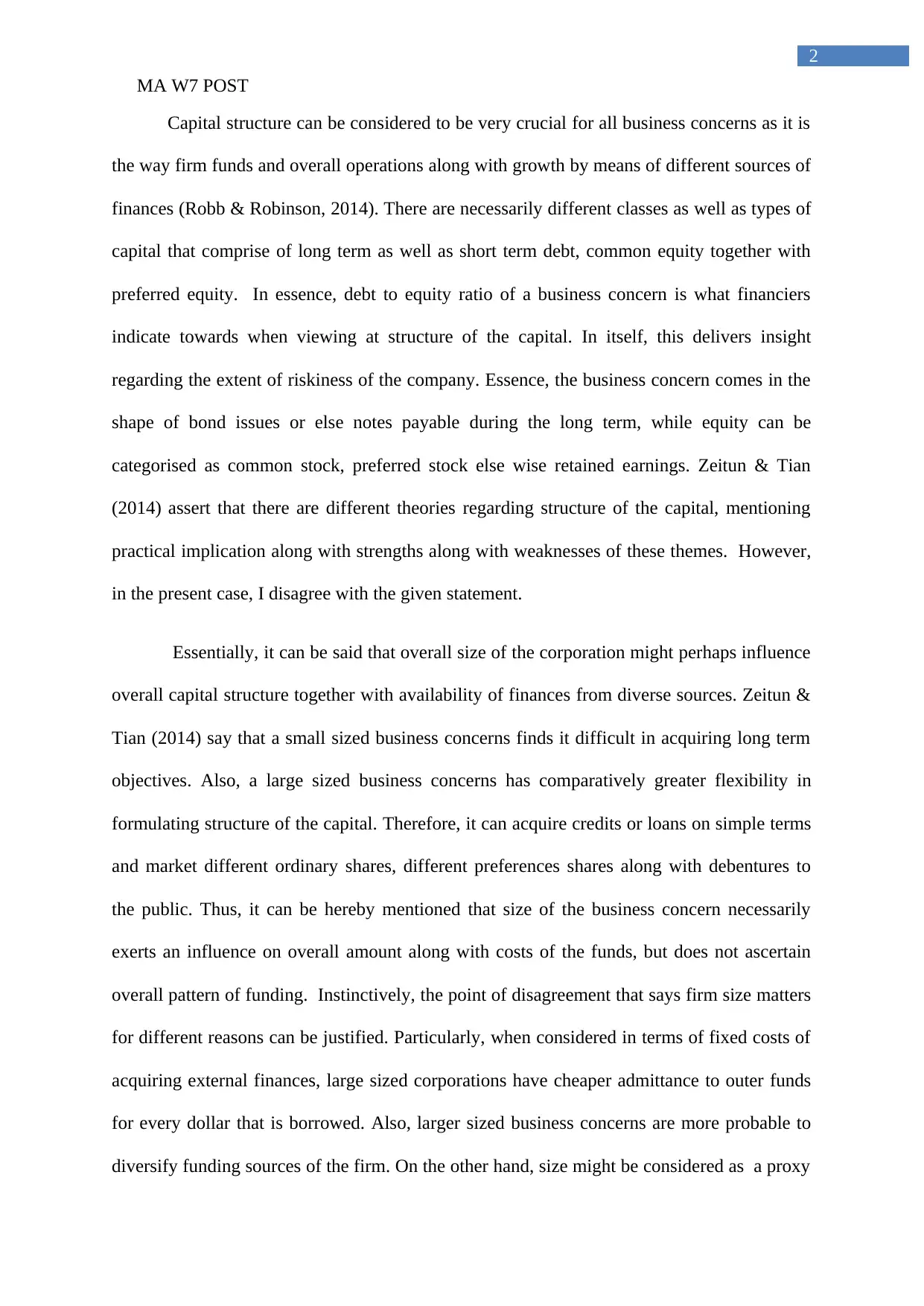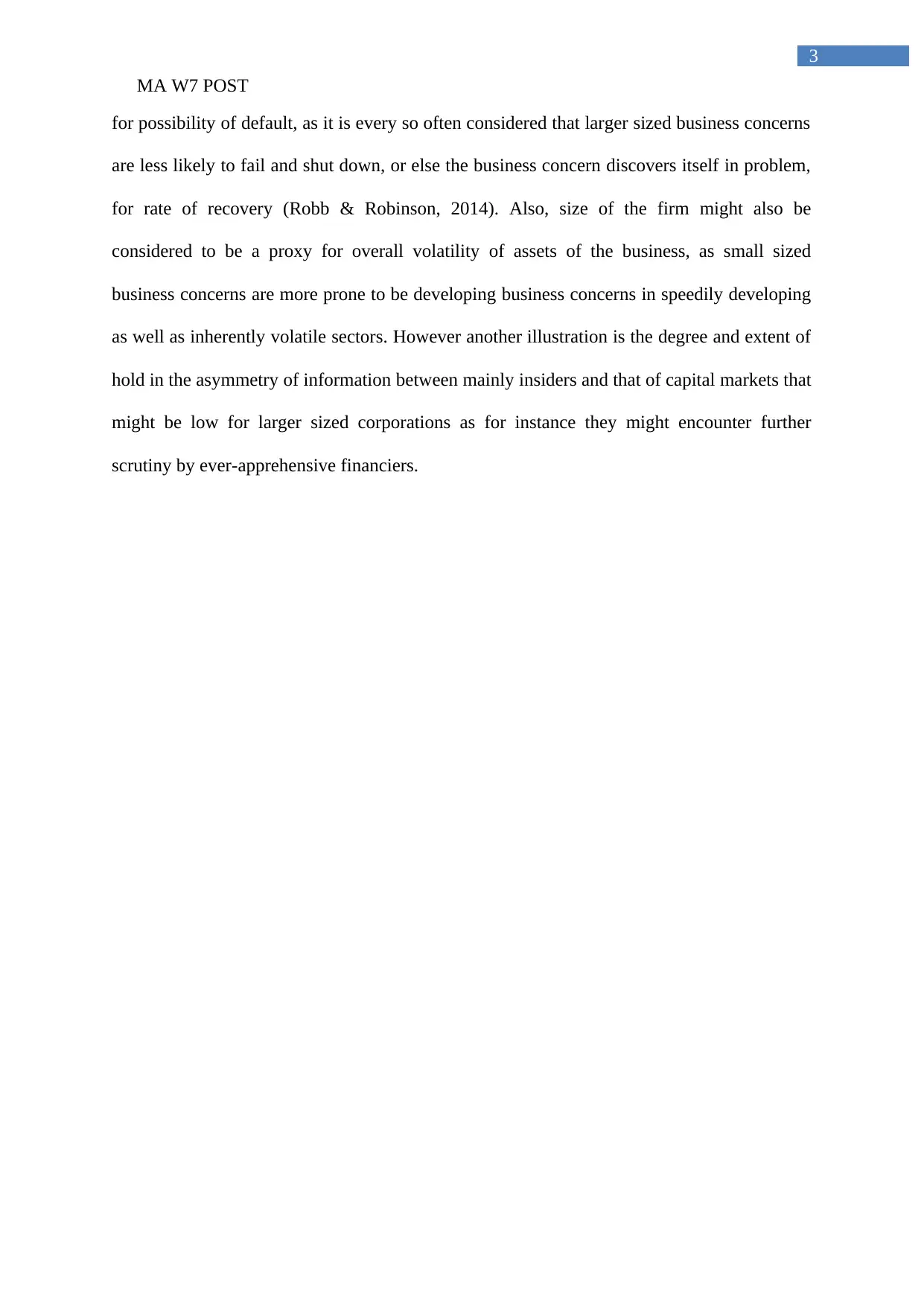Capital Structure Analysis: Finance Report - Course Name, Semester
VerifiedAdded on 2023/06/10
|4
|622
|488
Report
AI Summary
This report delves into the intricacies of capital structure, a critical element in business finance. It examines the significance of debt-to-equity ratios, exploring how these ratios reflect a company's risk profile and financial health. The report addresses the influence of firm size on capital structure decisions, highlighting how larger corporations often possess greater flexibility in accessing diverse funding sources, while smaller businesses may face challenges in securing long-term financing. It also explores how firm size can serve as a proxy for the likelihood of default and asset volatility. The report analyzes the relationship between firm size and information asymmetry, and its impact on the ability to acquire external funds. Furthermore, the report provides insights into the implications of capital structure on overall financial performance and strategic decision-making within a business context. The analysis draws upon research by Robb & Robinson (2014) and Zeitun & Tian (2014) to support its arguments.
1 out of 4




![[object Object]](/_next/static/media/star-bottom.7253800d.svg)